If you had a massive bag of cash, what would you do with the old Woollen Mills? I’m talking serious cash – millions of dollars. A grungy nightclub? Opera perhaps? A wedding and reception venue? Indoor laser tag anyone? Tell us your ideas.

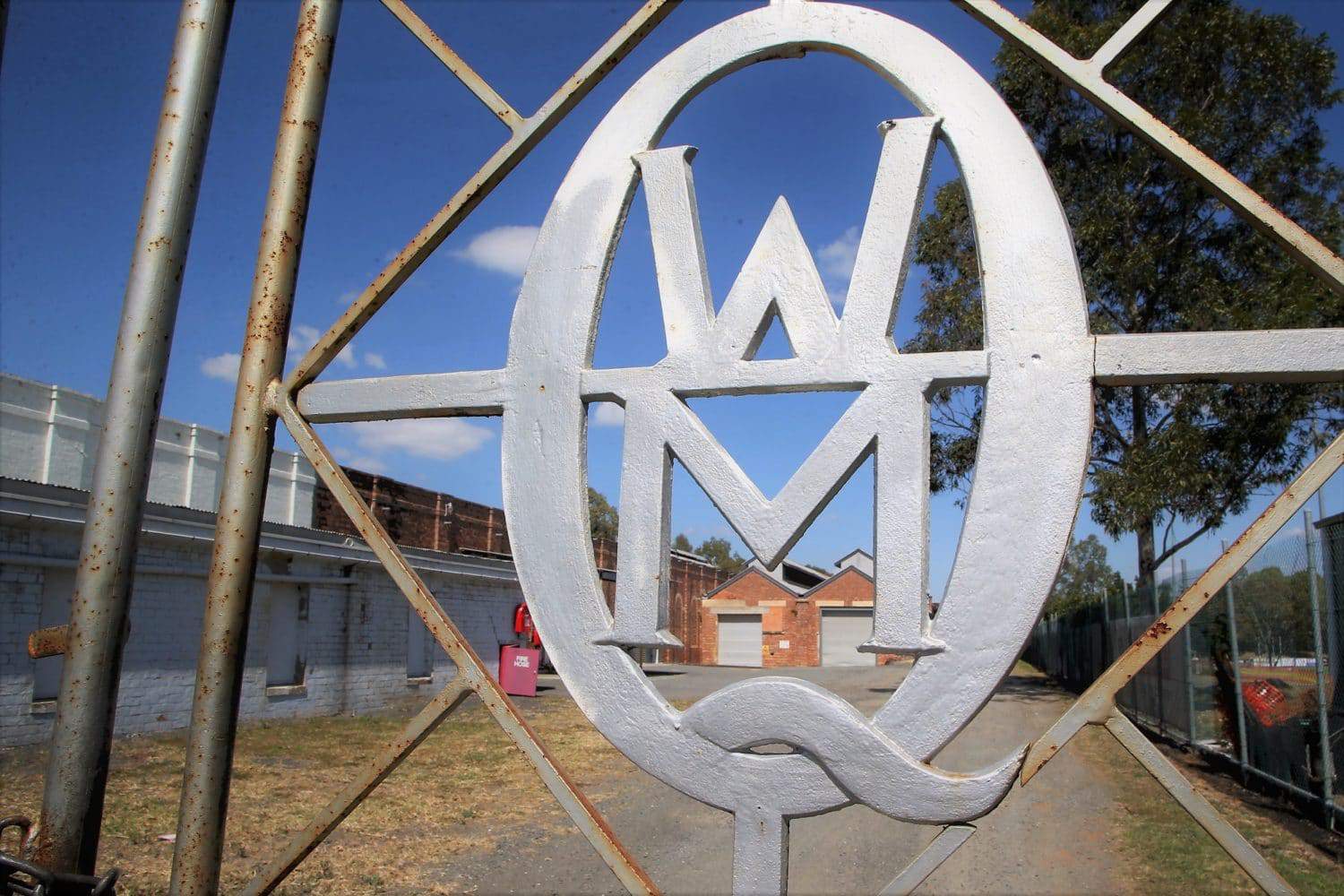
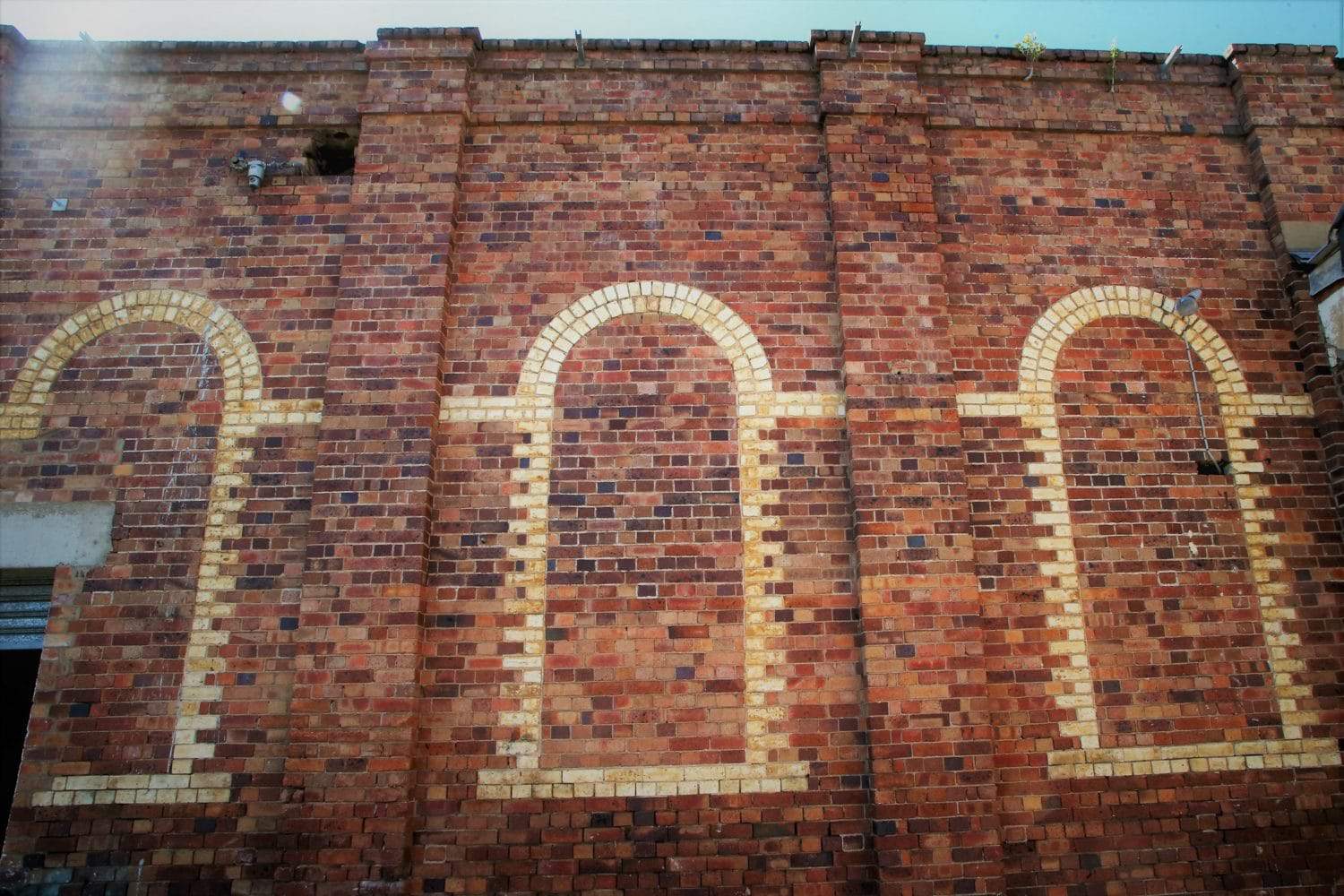
Ipswich City Council bought the old Woollen Mills in North Ipswich in 2015, and wants to restore the structure – for the most part – to its original architectural form.
The intention is that they will be re-used. But for what? That’s the multi-million-dollar question which is expected to be answered through a combined vision.
In the meantime however, it’s fun to be part of the speculation. If you were developing the vision, what would you do with it?
After the Mill sold in 1984, it was used for plywood manufacture. It sold again in 1995 to Boral but closed in 2011.
That’s when Ipswich City Council saw a potential opportunity for this important component of the City’s heritage.
The buildings are now vacant and the walls are covered in street art.
HISTORY
The former Queensland Woollen Manufacturing Company is located at the eastern end of The Terrace in North Ipswich adjacent to the Bremer River.
The former mill is built on an elevated corner of Bremer River and with its large brick exterior walls, is a landmark in North Ipswich.
The first woollen mill in Queensland is heritage listed with the earliest structures constructed in 1876-77.
The site, owed by the Ipswich City Council, is considered important in terms of Queensland’s history, and was the largest employer of women in Ipswich in the late nineteenth and early twentieth centuries.
Production of woollen cloth first began at this site in 1877. In 1879, the company advertised the quality of the cloth ‘manufactured from Queensland Merino Wool.
Free from shoddy mixtures of cloths gathered from prisons, hospitals and asylums’.
The Queensland Woollen Company supplied uniforms for the Boer War (1899-1902) and also played an important role in the war effort during World War 1 and 2 supplying army blankets and cloth for military uniforms.
The building itself has had several reincarnations. Originally being timber, it was later replaced by a large brick and iron building.
It was extended in 1915 and is said to have been the first factory in Ipswich town to trial electric light. The buildings have been both fire and flood affected.
To kick start your creative juices flowing, we have made some Before and After pictures of some famous repurposed structures from around the world. Simply click and drag the arrows for the full effect.
Amsterdam – Kraanspoor Office Building
Kraanspoor was an abandoned crane gantry from the 1950s, left to decay in one of Amsterdam’s former shipyards. Now, a modern three storey office building looks like it is floating atop the original concrete crane way.
Paris – Musee d’Orsay
The museum building was originally a railway station, Gare d’Orsay, constructed between 1898 and 1900. By 1939 the station’s short platforms had become unsuitable for the longer trains that had come to be used for mainline services. The museum officially opened in December 1986. BEFORE: By Unknown – postcard Wikimedia.org – Electric trains operating in the Gare d’Orsay, ca. 1900
AFTER: – By Benh: Wikimedia.org – Main alley of the Orsay Museum in Paris, France.
London – Camden Markets
The Camden Markets were a network of stable blocks, saddler’s workshops and a horse hospital. The current Camden Market has been open since 1974 and is one of the most visited tourist attractions in London.
Photo credits: BEFORE: A procession of horse drawn traffic leaves the Camden Goods Depot in 1934. Free to use camdenmarket.com AFTER: Julian Vernot –Wikimedia.org
Berlin – Templehof Feld
At the beginning of the 1920s, Tempelhof airport was built on the site of and used until 2008. After the airport closed in 2008, the city of Berlin reclaimed the 386-hectare open space and one of the world's largest buildings in a central location for public use. Today, the area has a six-kilometre cycling, skating and jogging trail, a 2.5-hectare BBQ area, a dog-walking field covering around four hectares and an enormous picnic area for all visitors. Photo credits: BEFORE: USAF Douglas C-47 transport planes preparing to take off from Tempelhof during the Berlin Airlift, August 1948. Photo courtesy of National Museum of the U.S. Air Force. AFTER: View over the airfield to Neukölln. Photo: Tempelhof Projekt GmbH

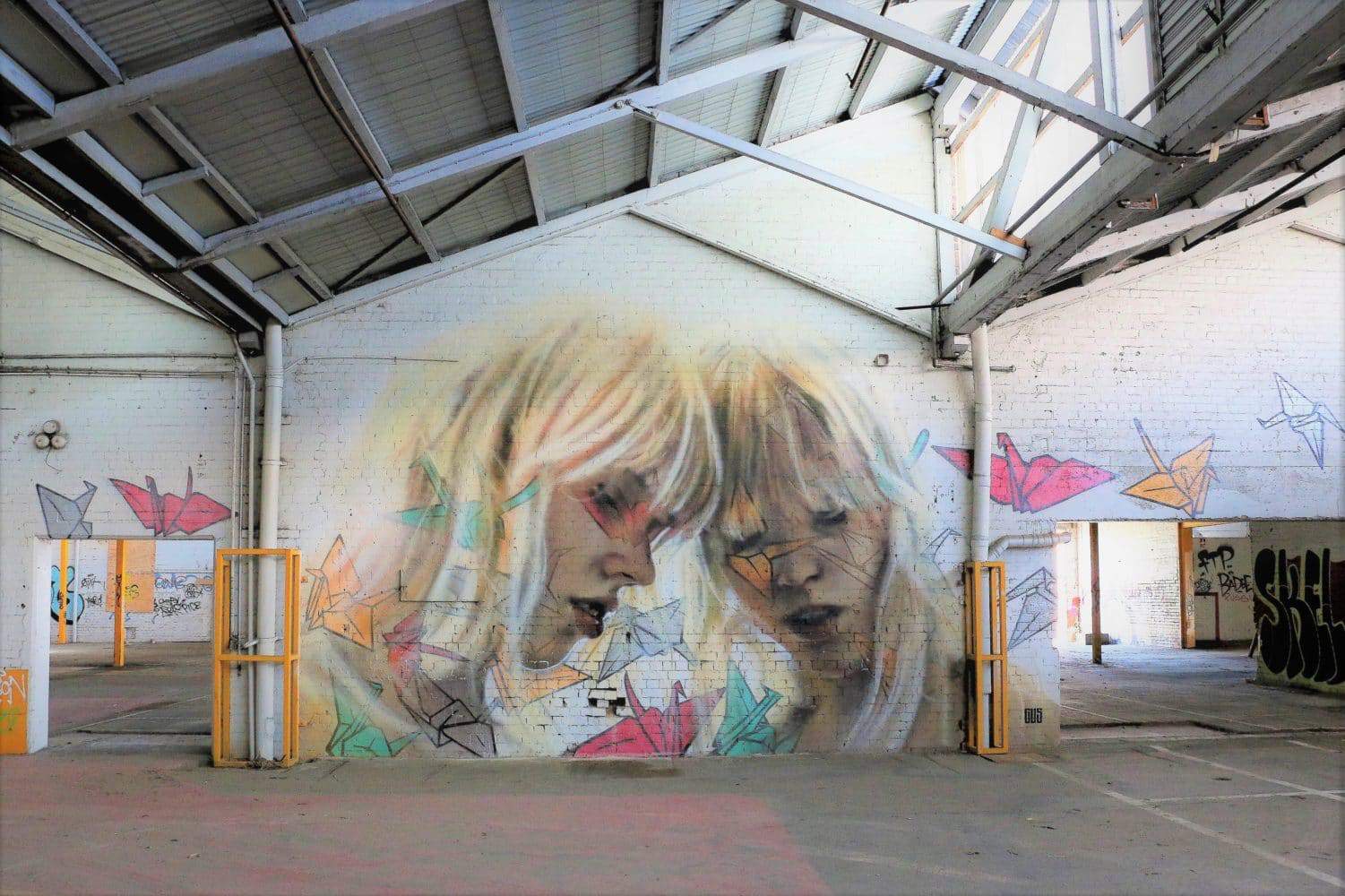
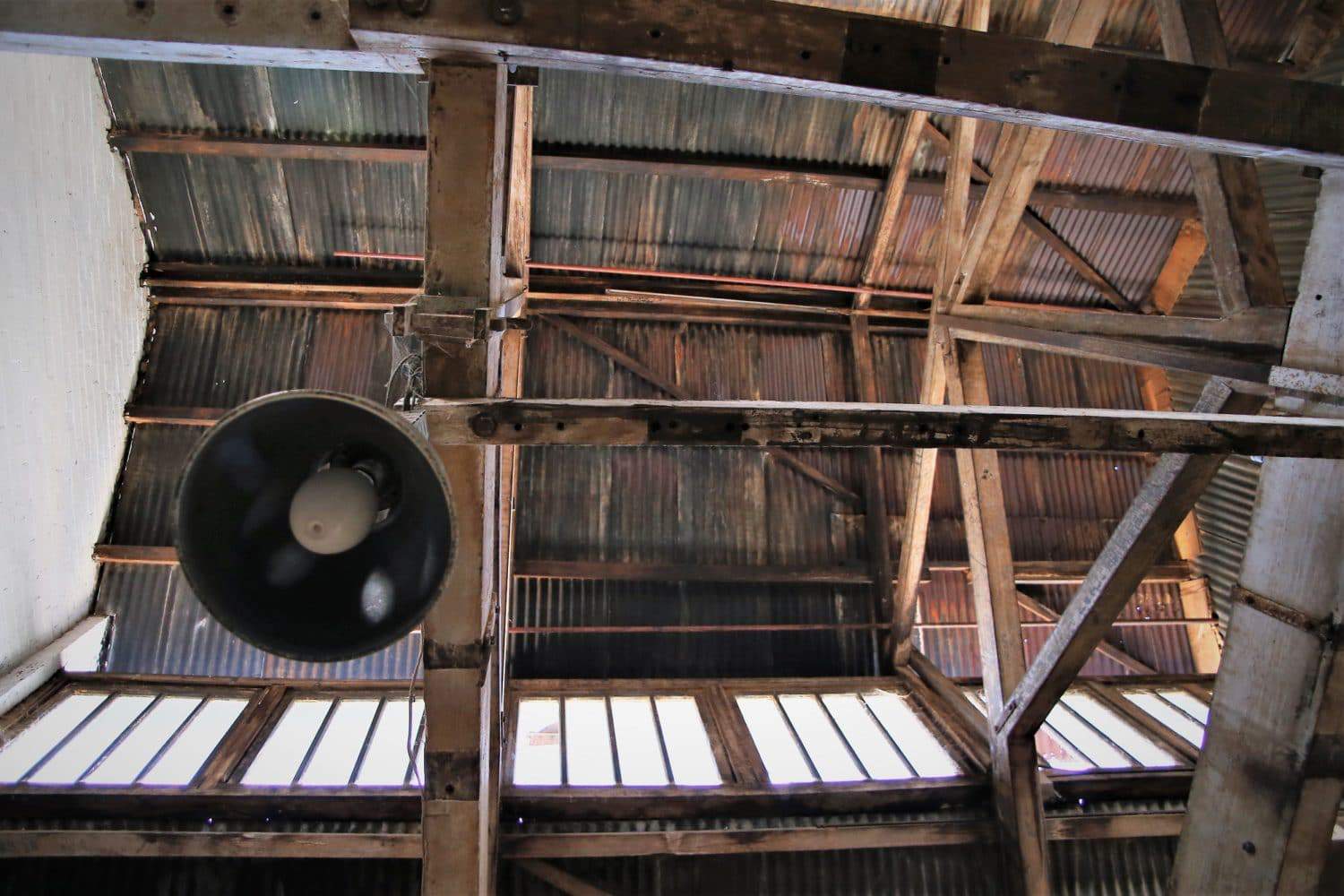
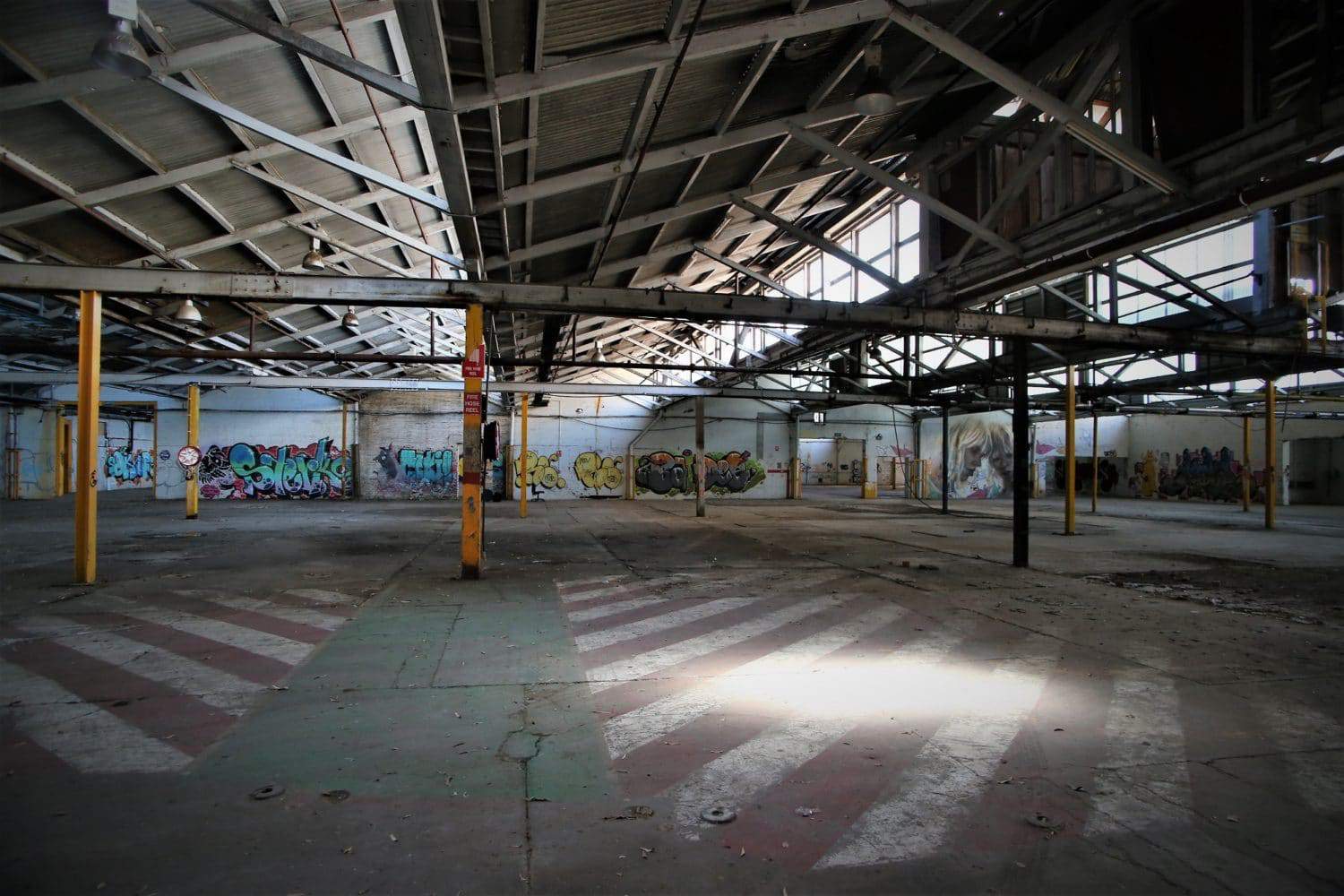
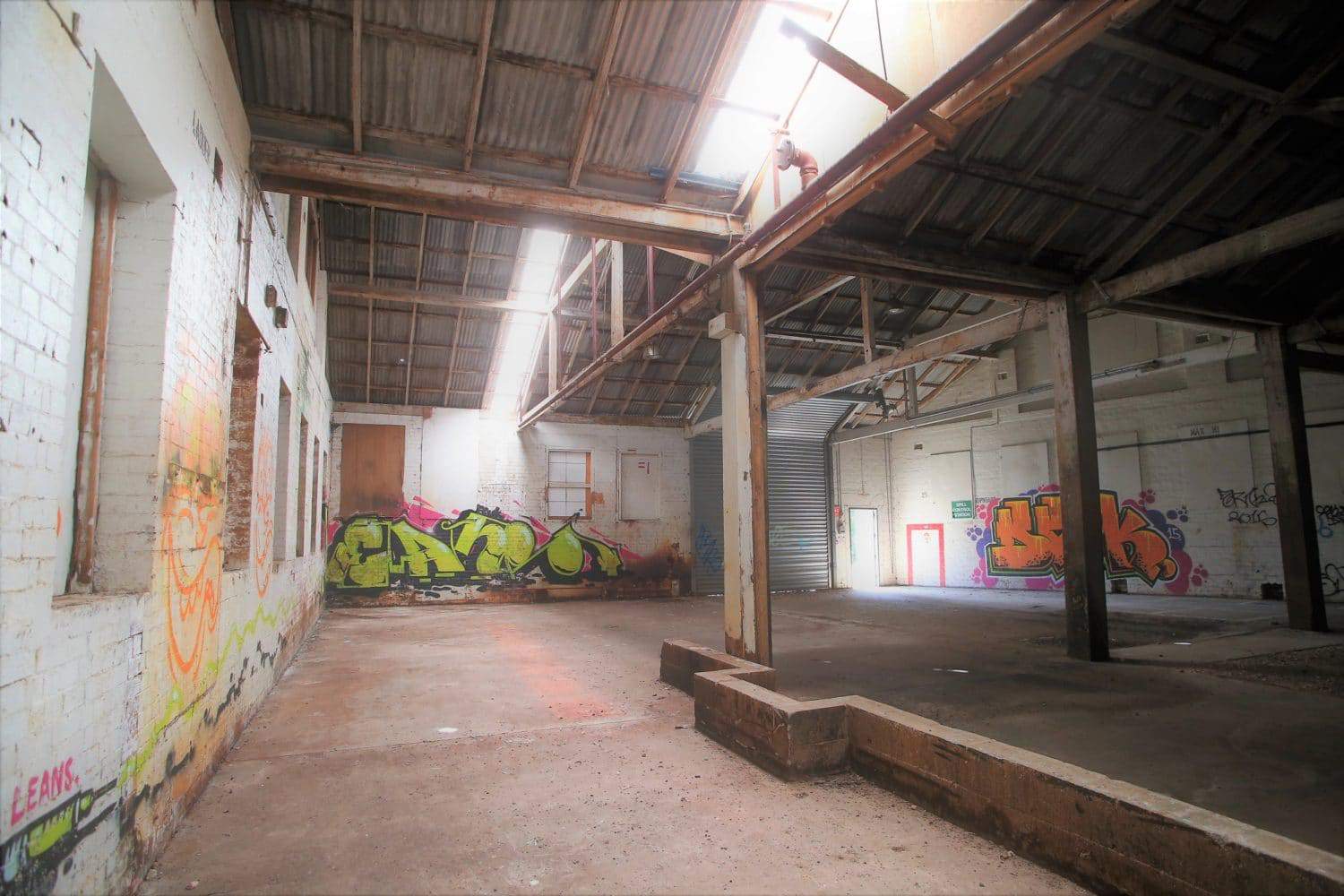
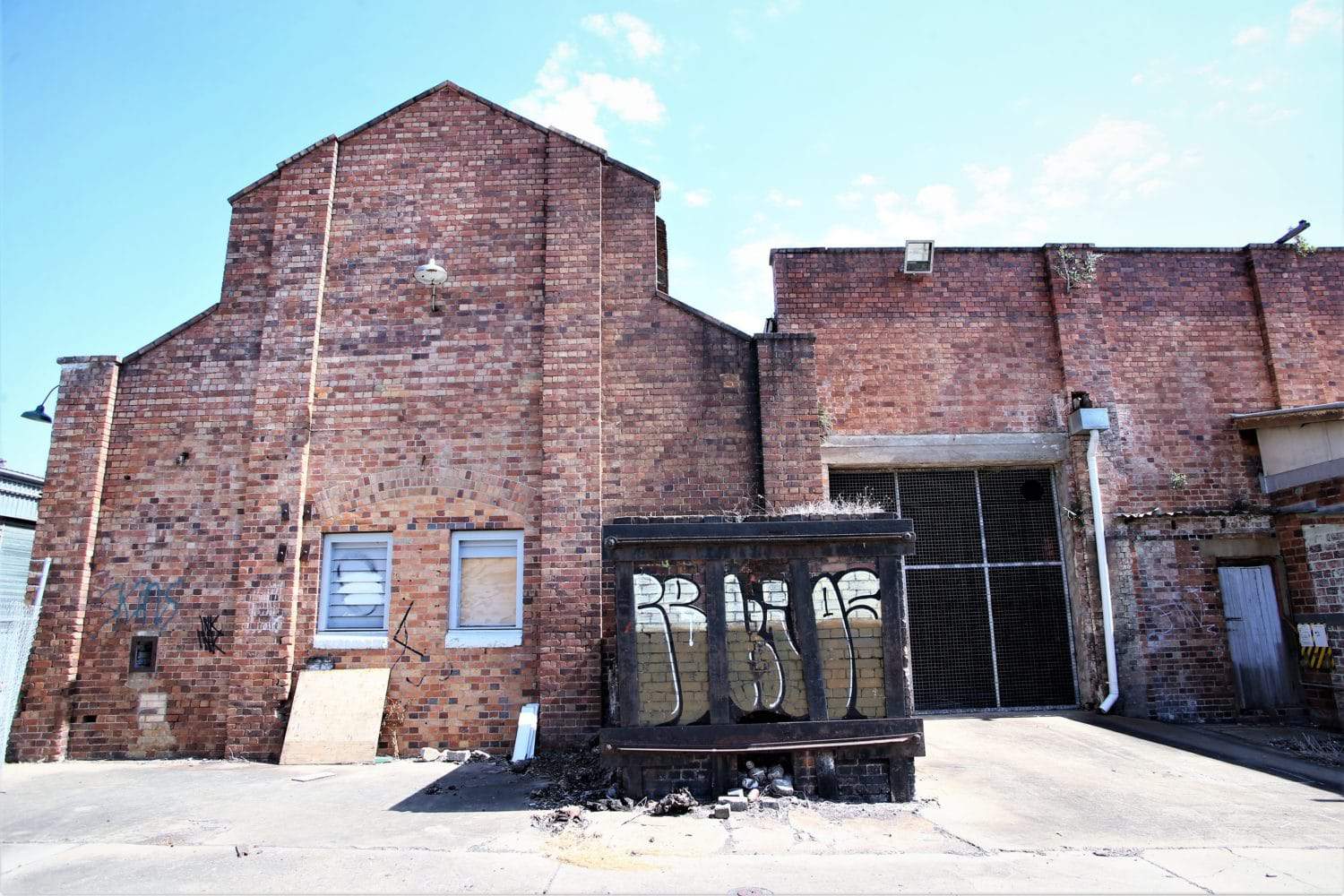
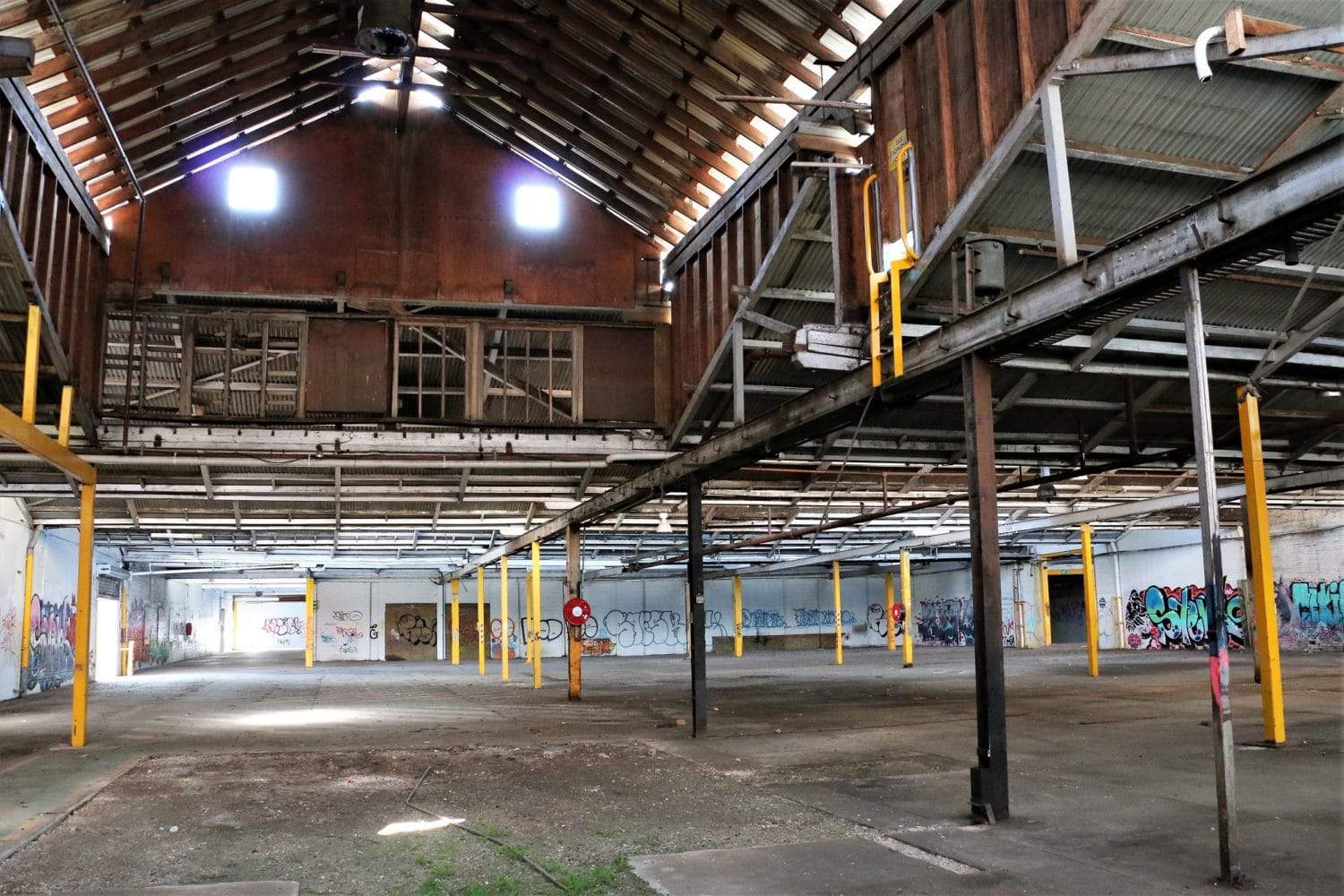
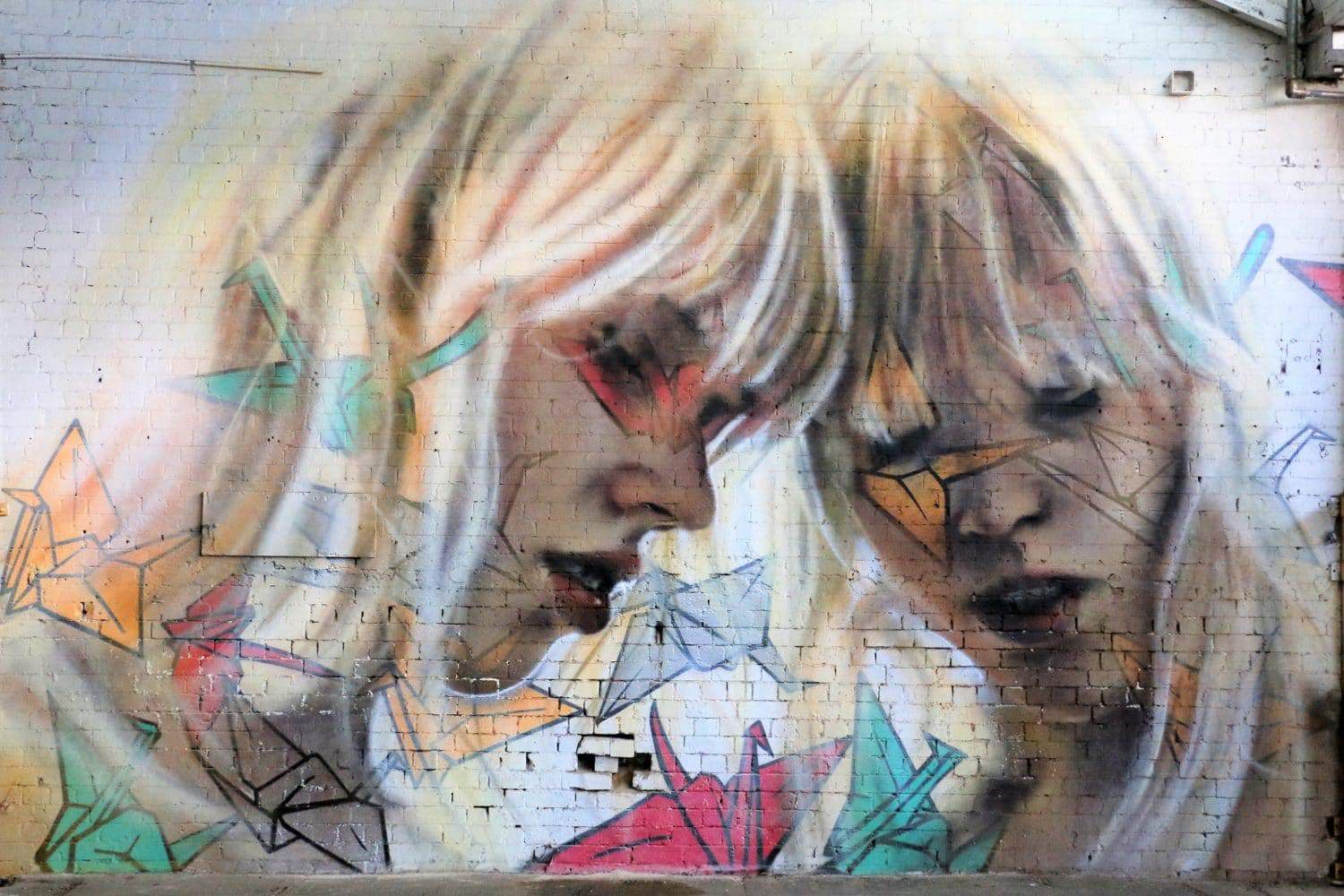
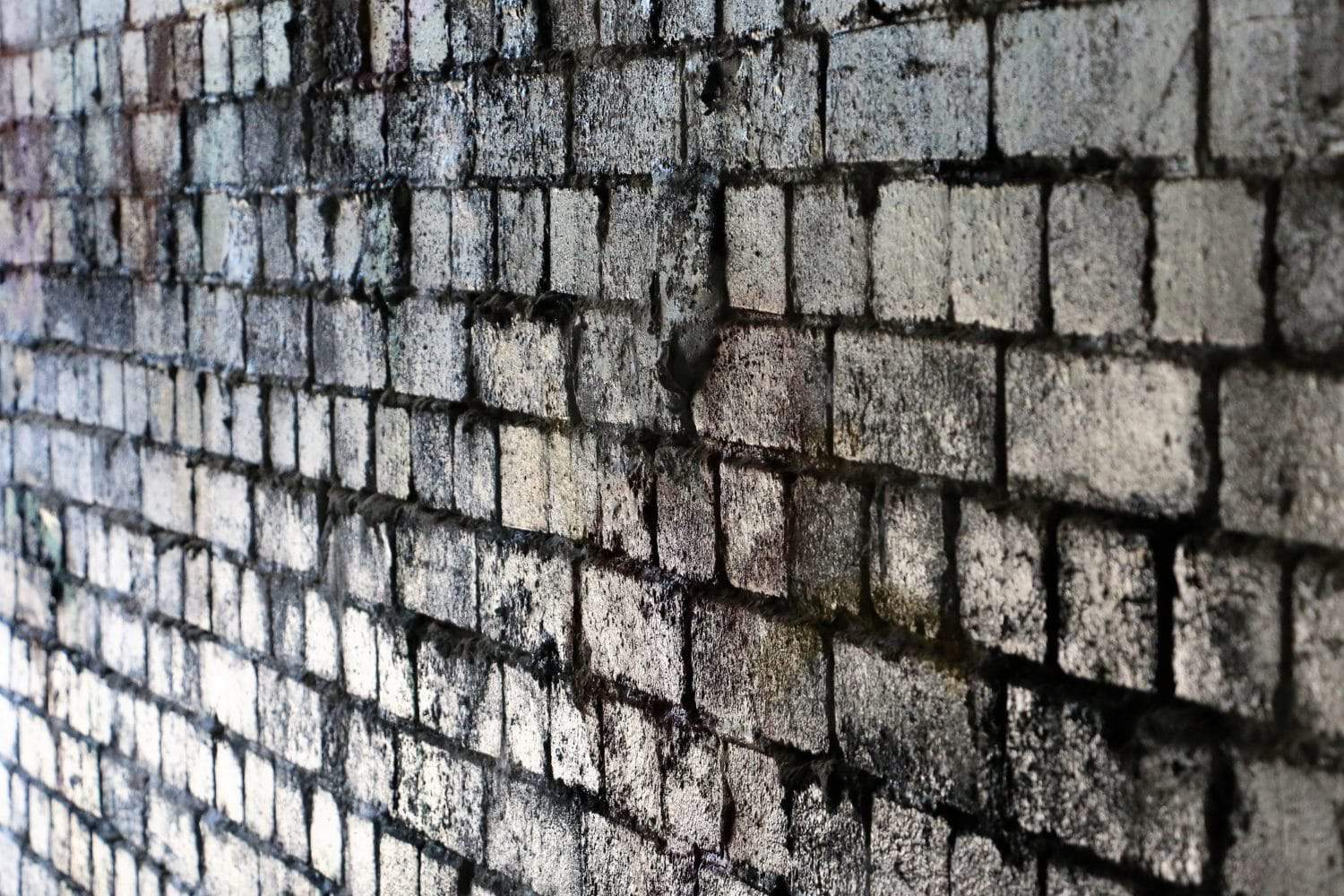
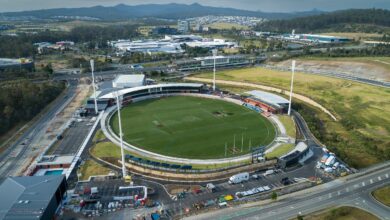
5
A place to show case the city’s heritage by way of cultural and artistic exhibits. It needs to be linked to the tourism trail and Qld Tourism website.
Include restaraunt linked to craft micro brewery on premises remodel.
Develop tourism trail using modern and old art similar to MONA
in Hobart which provides local residents with no fee entry. This marketing concept will allow residents to embrace the facility as well as introduce visitors to the region.
What more do you need food booze culture history and a heritage building restored?
live music / stand up comedy venue
I would turn it into a rustic country western type dance hall. You could have different nights to appeal to different audiences. A 2 step night- Rock n roll dancing and a 70″s80s. Live music like blues would be good and theme it like the dive bars in America.
A performance venue and art-space. Something like the Brisbane Powerhouse. Artists can exhibit and create, workshop with other artists. A place for exhibitions and play host to artists-in-residence to enrich the culture. We could also take advantage of its out-of-the-way location to give local (and visiting) bands a place to rehearse & perform, as loud as they want to. It’s a big site, plenty of space for new ideas and new opportunity.
3.5
You could always sell it off to developers to suck out
what life is left of the heart of the city post Riverlink exodus.
I agree with some previous comments, that this site would be ideal for a performing arts centre, overlooking the River, close to the CBD but remote enough as to not inconvenience commercial and residential uses close by and traffic through the CBD, plenty of open space for other associated activities and car parking. Proposing to construct a new 3000 seat performing arts complex tucked away on a $3.5million parcel of vacant land next to the former Woolworths in Nicholas Street Mall, purchased by Council from Qld Rail, seems like a bad choice, to me.
Ipswich’s cultural scene needs venues that are accessible, adequate parking, no parking meters in a central city position.
The Ipswich Civic Centre has outgrown its audiences and is the only specifically designed public venue for our top professional performances that have produced many top class shows. We have a large amount of talented artists in the Ipswich area and a wealth of creativity that is simply not able to grow and show us what they are capable of without a huge expansion of an entertainment area. The Woollen Mill is a looming goldmine if designed for the right purposes. It has a very interesting history that could be integrated into a huge digital display covering highlights of its past glories and contributions. Tourists would love it.